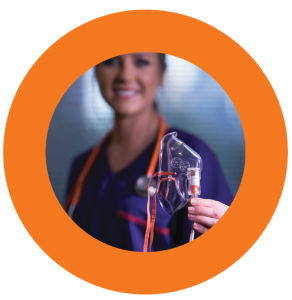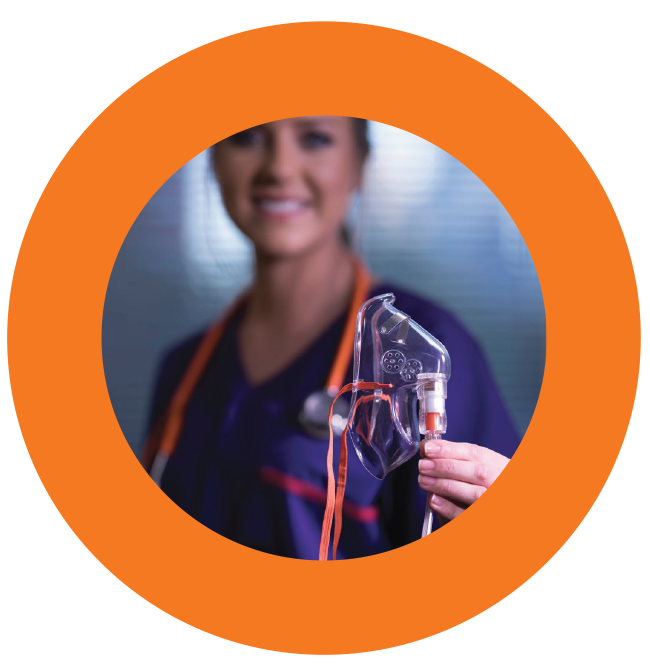
Combining design and clinical expertise


– Tyler et al, Anesthesia Analgesia.2
Supplemental oxygen therapy is commonly administered to prevent post-operative hypoxemia.
NO HYPOXEMIA
HYPOXEMIA (90% Sat or less)
SEVERE HYPOXEMIA (85% Sat or less)
N=95
Tyler et al
– HSIB 2018, Summary Report: Design And Safe Use Of Portable Oxygen Systems3
– HSIB 2018, Summary Report: Design And Safe Use Of Portable Oxygen Systems3
– Daley et al Can J Anaesth, 1991. A study examining the effect of ceasing supplemental oxygen after only 30 min in the PACU and then monitoring oximetry.4
5.
Dispersal of Respiratory Droplets With Open vs Closed Oxygen Delivery Masks. Ron Somogyi, et al; CHEST 2004; 125:1155–1157
6.
Exhaled Air Dispersion During Oxygen Delivery Via a Simple Oxygen Mask. David S. Hui, et al; Chest 2007;132;540-546

Matusik M, Smith PD. A cross sectional study to ascertain the incidence and causes of failure of oxygen delivery via Hudson Mask™ during recovery after anaesthesia. Anaesth Intensive Care. 2019 Jan;47(1):96-97
Tyler IL, Tantisira B, Winter PM, Motoyama EK. Continuous monitoring of arterial oxygen saturation with pulse oximetry during transfer to the recovery room. Anesth Analg 1985;64(11):1108–12.
Healthcare Safety Investigation Branch (HSIB) Summary Report: Design and safe use of portable oxygen systems, November 2018.
Daley MD, Norman PH, Colmenares ME, Sandler AN. Hypoxaemia in adults in the post-anaesthesia care unit. Can J Anaesth 1991;38(6):740–6.
Somogyi R1, Vesely AE, Azami T, Preiss D, Fisher J, Correia J, Fowler RA. Dispersal of respiratory droplets with open vs closed oxygen delivery masks: implications for the transmission of severe acute respiratory syndrome. CHEST 2004; 125:1155–1157
Hui DS1, Hall SD, Chan MT, Chow BK, Ng SS, Gin T, Sung JJ. Exhaled air dispersion during oxygen delivery via a simple oxygen mask. Chest 2007;132;540-546